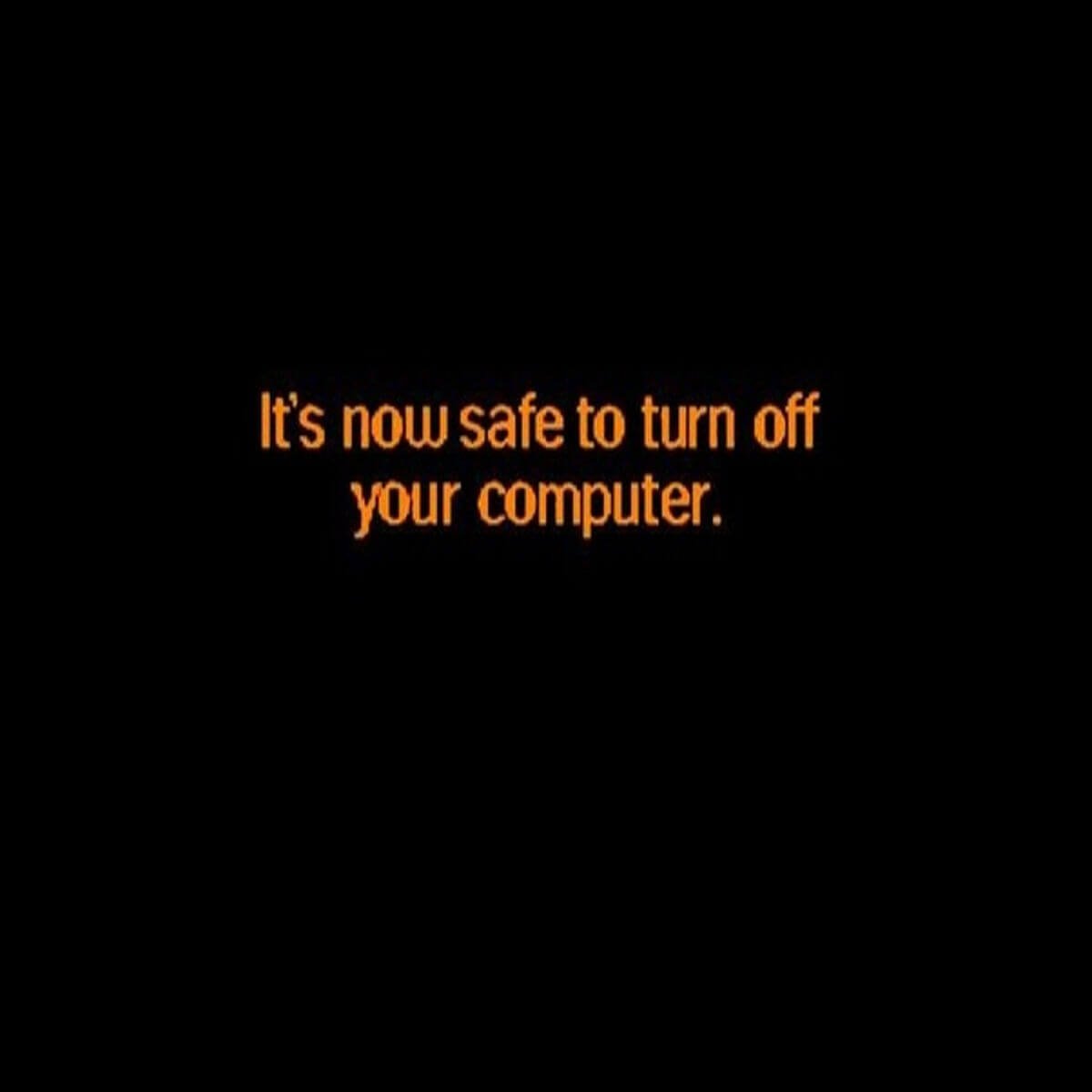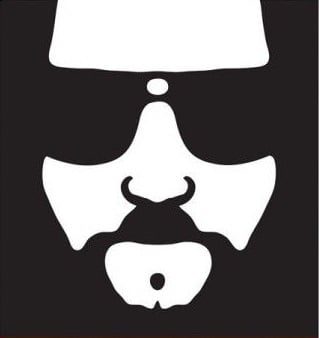
That feel when you learned where on the drive that image is and replaced it with Anime.
When I was in highschool we edited that file in the programming lab. Wrote an auto running batch file to replace it when the floppy disk was inserted and managed to sneak the disk into every machine without the teacher noticing. The computers where arranged around three walls of the room, and we knew that his standard procedure at the end of the day was to go to each one and issue the shutdown command, then circle back around to power them down. That afternoon when he turned around he must have been greeted with his own employee ID photo grinning back at him around the room in 16 color bitmap glory.
The next day he sternly waved us over the moment we walked in, then just laughed, said “put it back,” and waved us away. He never bothered to even ask how we got ahold of his employee photo from the school network.

Reminds me of a Johnny Bravo episode where he rips off a tag from a mattress that says “do not remove under penalty of law” and then helicopters start coming after him lol
Windows is amazing with this.
I’ve tested it by trying to break a memorystick. Even when I yanked it out while it was writing data to the stick, it still worked exactly as before, only the transferred file was corrupted.
I’ve tried many different ways short of physically destroying the stick, none of them made the drive corrupted.
Wait is this not the case with other OSs?
And then you have SD cards which are horribly sensible, especially if they have some age on them

It’s amazing how much Mike’s art has evolved since then.
It’s always fine, until it isn’t!
It’s worse if you ever try this with a floppy disk in the middle of it being written.
I, too, like to live dangerously
Life is too short to safely remove the USB drive.
I don’t think this has been a thing for a while now.
How is a usb stick supposed to react if you unplug it while it was trying to write something?
Exactly the same as before. Just the written file is corrupted.
At least, that is how it works on Windows. I’ve tested it.
The standard “interchange” filesystem on USB sticks that everything can understand is still FAT.
FAT is not a journalling filesystem – you can still corrupt the thing if you interrupt use of a mounted drive.
Plus, even if you have a journaling filesystem, it’s probably good practice to unmount because even though you won’t corrupt the filesystem, it still might be that data won’t have been written to said drive – like, if you save a new version of the file, you might have the old version of the file.
It could be that OSes have tried to be more aggressive in buffer management, tried to flush dirty data to USB flash drives or something sooner to help shrink the size of the window in time where issues can come up. But I still wouldn’t just go running around yanking USB flash drives out of machines without unmounting them – that’s the only situation for which you can be guaranteed no issues.
EDIT: Honestly, I think that it’s a little disappointing that it’s the case that we don’t handle this well in 2025. Apple handled removable media on Macs with 3.5 inch disks correctly by having the user ask the OS to do the eject, which physically ensure an unmounted disk prior to eject. They did have a pinhole for an “emergency” eject, but the normal case was for a clean unmount. DOS and Windows used a mechanical eject button, which was still liable to see issues.
checks Zip drives
It looks like Zip drives had a software eject button, so they’d also be able to ensure an unmount.
CD-RW drives have a software eject button – the OS tells the drive to lock the tray prior to beginning a burn – so they were okay too.
I’d guess, though I don’t have experience, that tape drives probably all ensure a clean unmount.
But USB flash drives, probably the most common form of transportable writeable media in 2024, don’t, which is a little disappointing.

I’ve bombed a couple in the last few years since they didn’t have an indicator light, and I was in a rush.
Which OS?
Win 10
Only on Windows as far as I’m aware.
Linux and MacOS still struggle with it.






